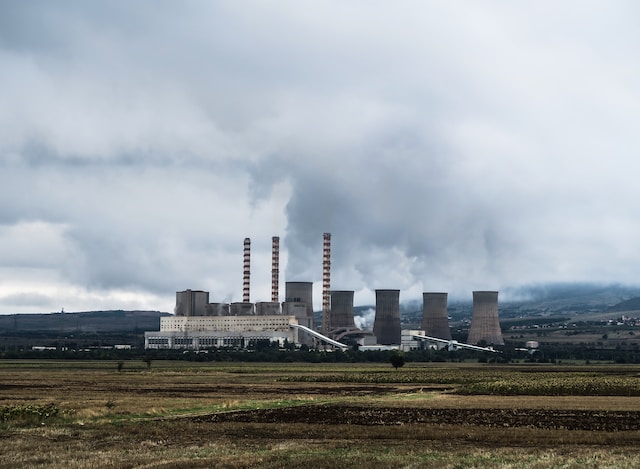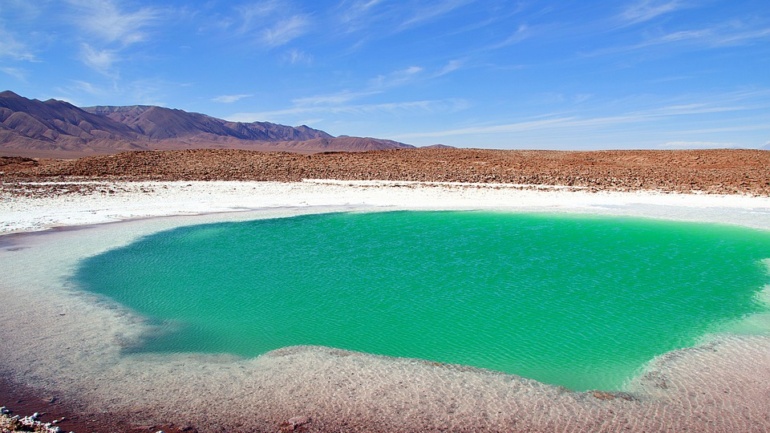And What that Means for You
By Caroline Majewski, Publishing Associate: Researcher and Writer at Save the Water™ | April 22, 2023
What is the Steam Electric Power Generating Category?
Steam electrical plants heat water in boilers using fossil and nuclear fuels, and as a result, producing steam. The steam is pushed through turbines connected to electric generators. The plants generate wastewater which contain chemical pollutants. These pollutants come from various sources:
- Water treatment
- Power cycle
- Ash handling and air pollution control systems
- Coal piles
- Yard and floor drainage
- Miscellaneous wastes
These toxins pollute the water in the United States. Discharges include toxic and bioaccumulative pollutants, halogen compounds, nutrients, and dissolved solids.
Toxins from steam electrical plants are not the only wastes found in water. Pesticides and methane are also chemicals and gasses, respectively, that can lead to environmental and health detriments.
Past Proposals
A proposal in 2015 looked into discharges from multiple sources of waste and wastewaters. These wastes include the following:
- Wastewater
- Fly ash
- Transport and BA transport water
- Flue gas mercury control
- Gasification wastewater
- Legacy wastewater
- Non-metal clean wastes
This was the first federal limit on levels of toxic metals in wastewater. It limited how much could be discharged from power plants.
The proposal in 2020 modified 2015’s ruling. It changed the requirements for FGD (Flue Gas Desulfurization) wastewater and BA (Bottom ash) transport water for existing sources only.
Now, in 2023
In the 2023 proposal, the EPA wants to “revise requirements for discharges associated with the two waste streams addressed in the 2020 rule: BA transport water and FGD wastewater at existing sources.” This means that the proposal would eliminate the two subcategories. Furthermore, it would have the waste streams be subject to applicable requirements for the rest of the industry.
In short, the proposal would ensure stricter discharge standards for the coal fired power plants. The standards would include bottom ash transport water, flue gas desulfurization wastewater, and combustion residual leachate.
Therefore, the proposal would improve the 2015 and 2020 regulations and establish new definitions for different wastewaters. The EPA estimates that this proposal will reduce the discharge by about 584 million pounds per year.
Health Impacts and How it Affects You
One of the biggest factors of pollutants in water is how long they contaminate an ecosystem. The more time aquatic systems have with long residences, the greater the exposure to bioaccumulative pollutants.
Meanwhile, these effects persist and create a longer recovery time. In many aquatic systems, the hydraulic residence time (i.e. how long it takes water to be replaced by other influent sources) is long.
Time allows pollutants to pile up and makes the systems even more vulnerable to the impacts from the coal wastewater. Neither wildlife nor humans can easily elect to move somewhere away from high pollutant concentrations. This may be because of restricted food supplies or economic liberties.
As a result of the pollutants contaminating drinking water, recreational waters, and all types of aquatic systems, the effects are present in both humans and wildlife.
These discharges can induce numerous health and ecological effects on humans:
- Increased morbidity and mortality
- Higher cancer rates
- Decreased IQ in children
They also have effects on fish and other wildlife:
- Deformities
- Reproductive harm
- Increased morbidity and mortality
Which Communities Does This Affect the Most?
In the Environmental Protection Agency’s power plant proximity analysis, they compared socioeconomic statuses to the national average of communities within 50 miles of affected plants. They found that steam electric power plants are disproportionately located among these low-income and minority communities.
Communities within one and three miles have a larger proportion of minority groups when compared to state population averages. These groups include Native American or Alaskan Native, Native Hawaiin and Pacific Islander, and Hispanic or Latino.
What Can You Do?
On April 20 and 25 of 2023, the EPA will conduct public hearings on this proposal. The hearings will be conducted online only. However, the public can register to either provide testimony or just listen in. More information on how to register will be on the EPA’s website.




